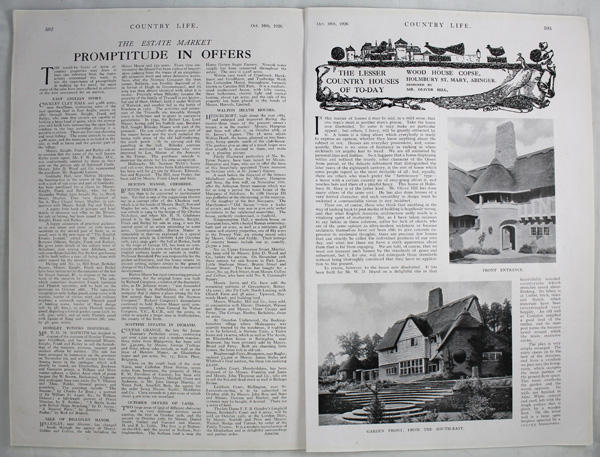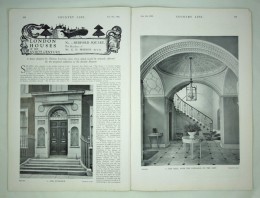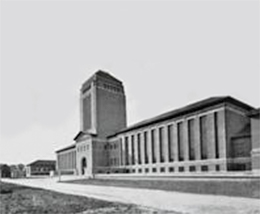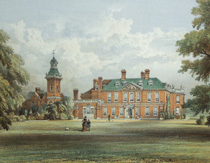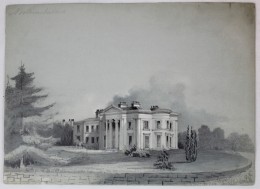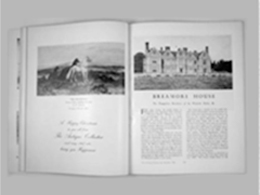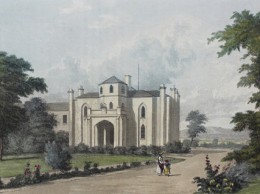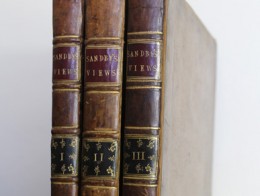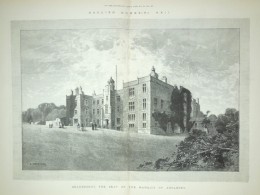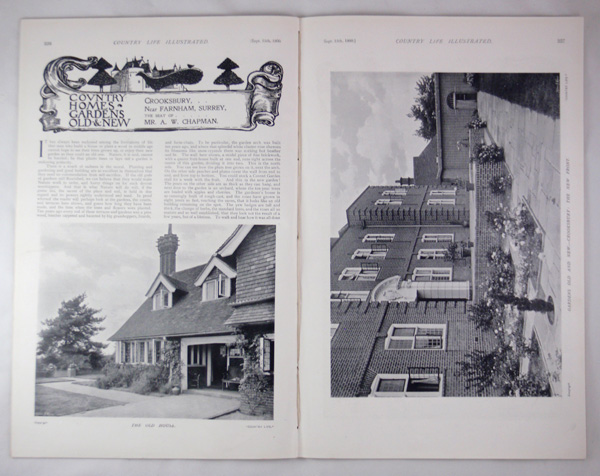
Gertrude Jekyll (1843-1932)
Born in 1843, 6 years after Queen Victoria took the throne, Gertrude was the daughter of Captain Edward Joseph Hill Jekyll and his wife Julia of the Hammersley family. After her father retired from the Grenadier Guards due to ill health the family moved to Bramley House in Surrey. Gertrude was only 5 years old at this point and after the bustle of Mayfair, London would find herself in the leafy suburbs which would be her first introduction to the country garden.
Being home educated until the age of 17 she would spend much of her time in her father’s workshop working on experiments and learning sciences, a probable indication that the usual life of a Victorian lady was not destined for Gertrude. Along with this scientific and practical aspect, Gertrude, from an early age also exhibited a great talent for painting and artistry which would lead to her enrolment at the South Kensington School of Art in 1861.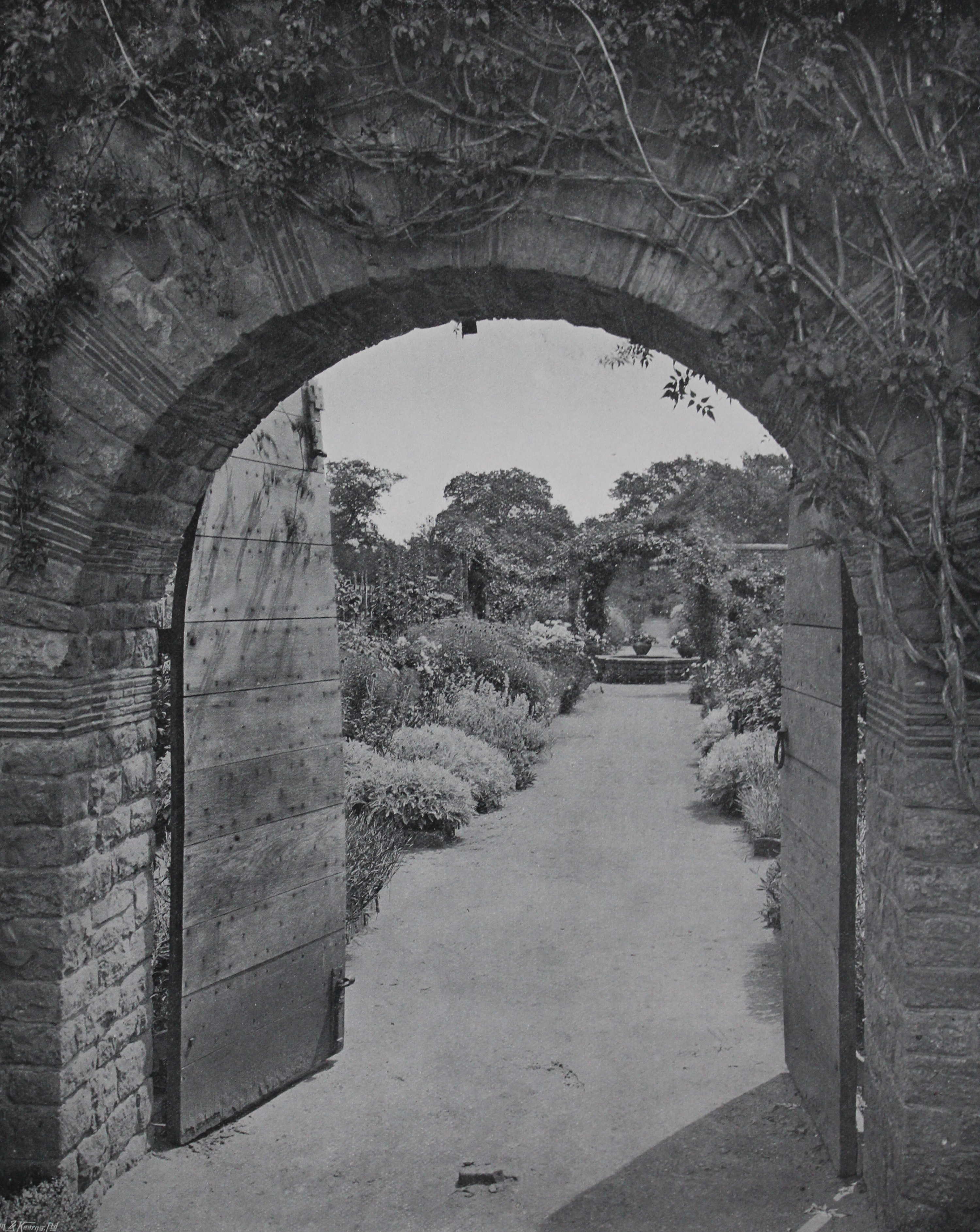
Circulating in the most influential artistic groups of the time, Gertrude would count amongst her friends the likes of Ruskin, G. F. Watts and William Morris and would be exhibiting at the Royal Academy by the age of 24. She wasn’t the only member of her family to be mixing with the Victorian elite as her younger brother Walter was good friends with Robert Louis Stevenson who borrowed the family name for his book “Dr Jekyll and Mr Hyde”. Thanks to 1940’s Hollywood the correct pronunciation of Jekyll as “Jee Kill” would be corrupted to “Jek ill”.
After her father’s death in 1877, Gertrude moved with her mother to Munstead House where the blank canvass of the gardens was given over to her to design and create in her own vision. Such was the brilliance of her designs that soon neighbours and family friends would be asking Gertrude to design their gardens and she would embark on a venture as “a working amateur” as she would describe herself.
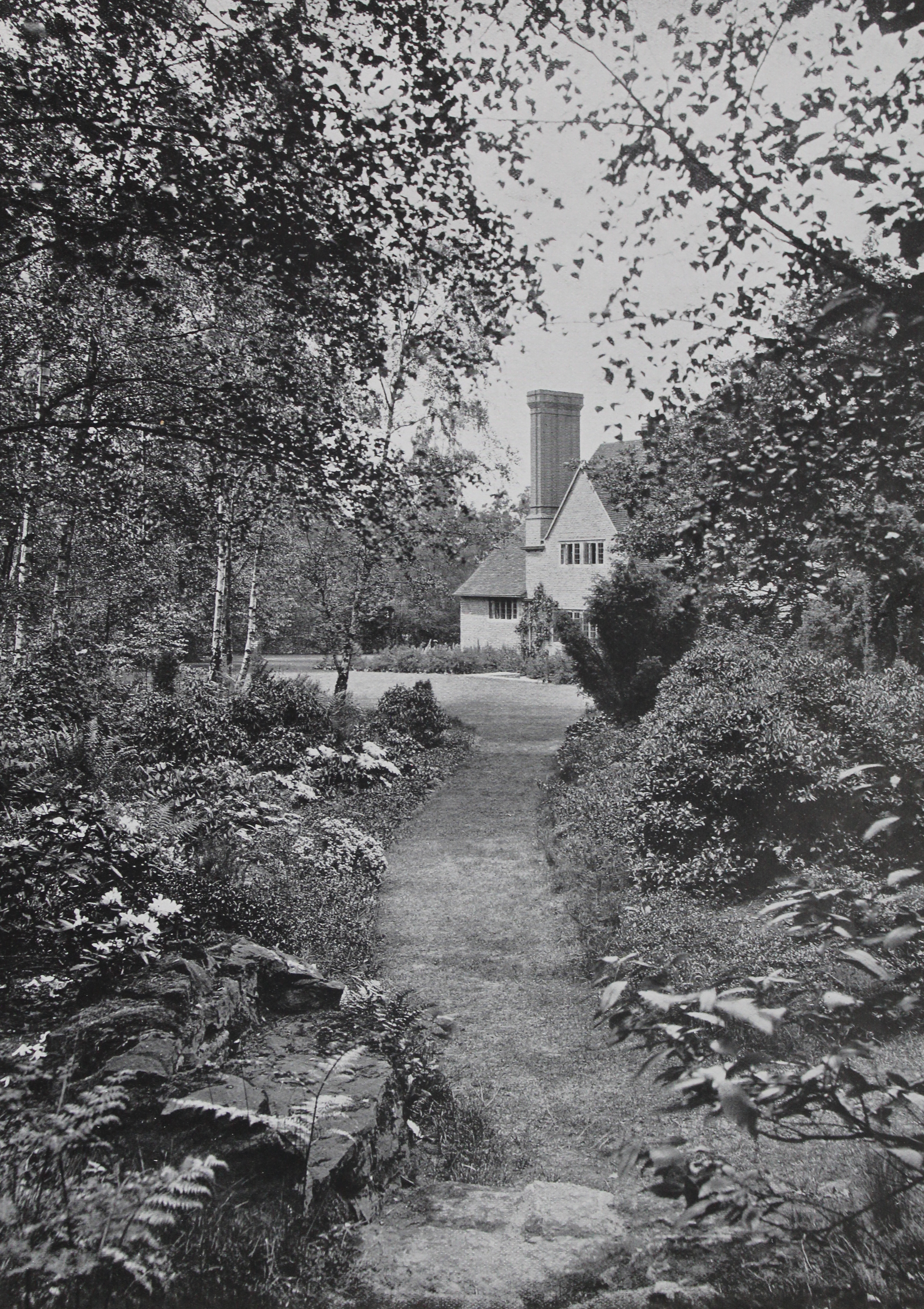 Gertrude would also start to demonstrate her knowledge of plants and gardens through submitting articles to various publications, her first being published in 1881 in “ The Garden” and later she would become a great contributor to “Country Life magazine”. Her skill as a writer was comparable to her skill as a designer with one editor saying “‘I would rather have clipped the wings of an archangel’ than tamper with any text which she supplied to a publisher”. Gertrude would have her first book published at the age of 55 and write a total of 13, with thousands of her articles also being published, some even posthumously.
Gertrude would also start to demonstrate her knowledge of plants and gardens through submitting articles to various publications, her first being published in 1881 in “ The Garden” and later she would become a great contributor to “Country Life magazine”. Her skill as a writer was comparable to her skill as a designer with one editor saying “‘I would rather have clipped the wings of an archangel’ than tamper with any text which she supplied to a publisher”. Gertrude would have her first book published at the age of 55 and write a total of 13, with thousands of her articles also being published, some even posthumously.
In 1889, just 2 years before giving up painting due to her degenerating eyesight Gertrude met Sir Edwin Lutyens. 26 years her junior Lutyens was just beginning his career and Gertrude with her wealth of skills, knowledge and connections would heavily influence his style. They would form a partnership that would involve over 100 designs, but it all started with him building for her Munstead Wood, Gertrude’s personal residence.
Such was the brilliance of this collaboration that a Lutyens house with a Jekyll garden would become the must have of Edwardian Britain with projects such as Crooksbury in Surrey (Lutyens first country house commission), Castle Drogo (where Gertrude seeded the cliff with a shotgun), Lindisfarne Castle and Queen Mary’s Dolls House. More than a partnership, these two would form a great friendship that would last until her death. Gertrude would be a regular feature in Lutyens infamous cartoons where he would refer to her as “Bumps” his nickname for her and “Lut-Lut” for himself, her nickname for him.
With over 400 gardens designed by Gertrude, she would establish styles of planting that are still used today earning the title “Queen of the herbaceous border”. Known for her large splashes of colour, most likely influenced by the impressionist movement, Gertrude’s designs were far more encompassing than just bright borders. She was quoted to say "A border may be brilliant with bright-coloured flowers alone, but if it is to be a picture, it wants some of its brightness to be relieved by something quiet, in good harmony, but comparatively neutral".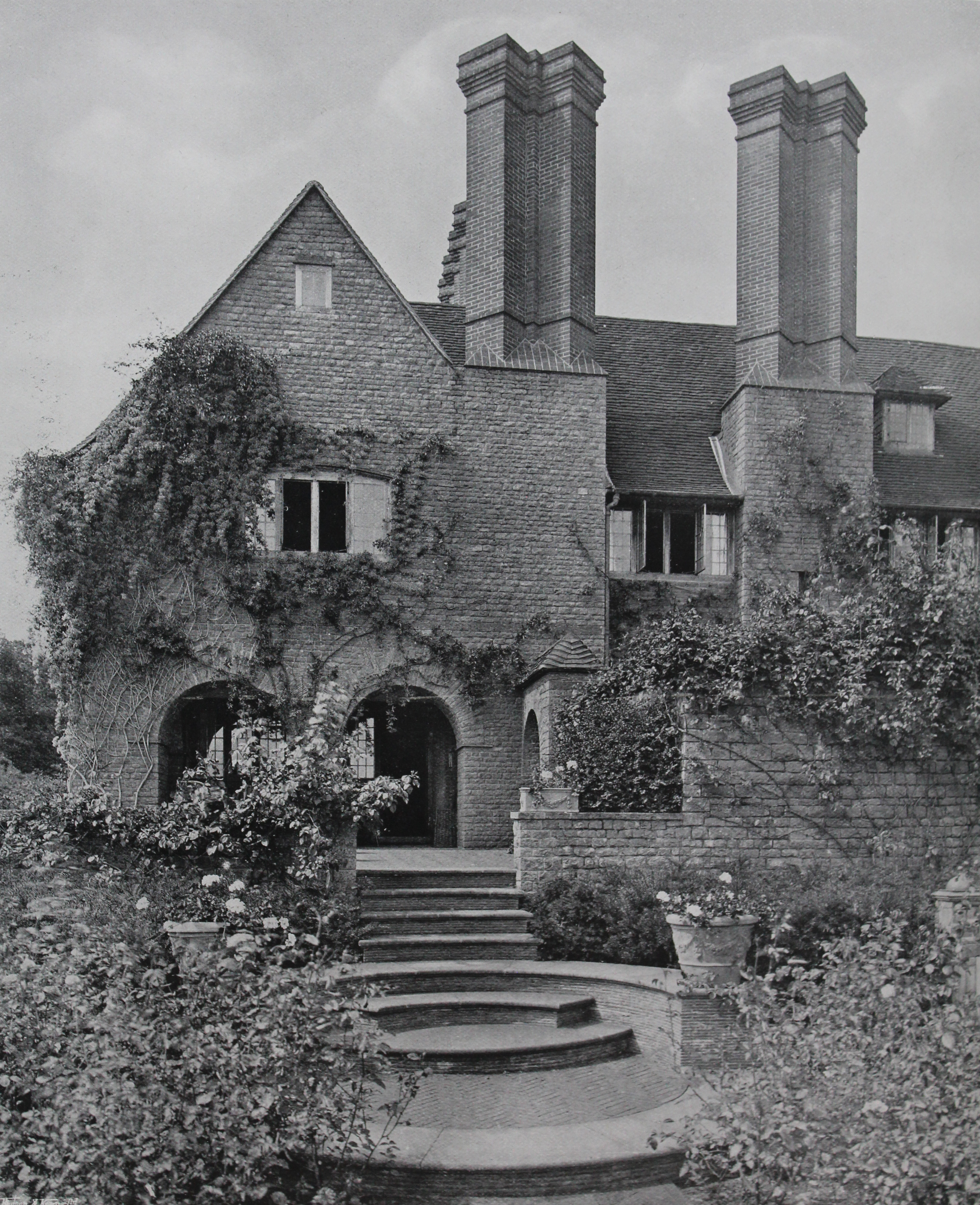
Ever industrious Gertrude also ran a successful nursery, stocked with many varieties of plants that she obtained on her extensive travels in the eastern Mediterranean and Italy as well as from gardens in Britain. A true renaissance woman, Gertrude with her wide range of skills, from blacksmithing to photography defied the social conventions of her time, never marrying nor having children.
Gertrude would die age 89 at her Munstead Wood home leaving behind a legacy that is still taught and talked about today as well as being one of the greatest influences on the Art’s and Craft movement. If Capability Brown was Britain’s greatest landscape designer then Gertrude Jekyll certainly would be our greatest garden designer.

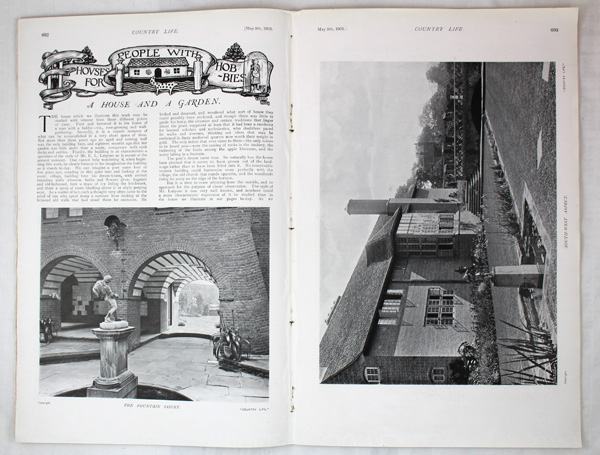
Deanery Garden, Sonning. Designed by Mr Edwin Lutyens
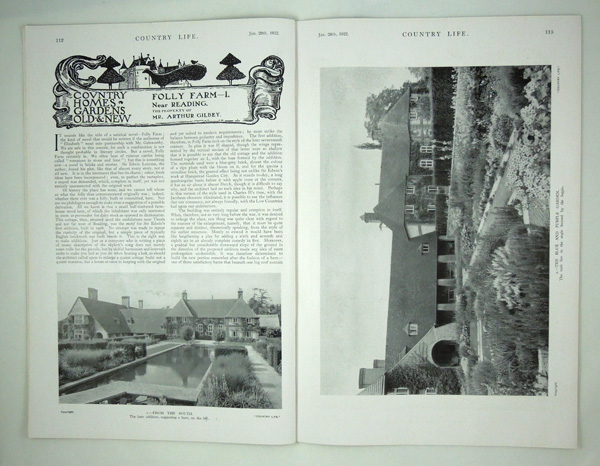
Folly Farm (Part 1), The Property of Mr. Arthur Gilbey
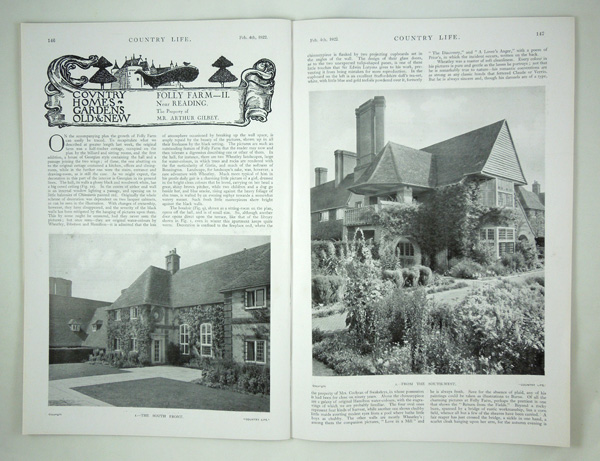
Folly Farm (Part 2), The Property of Mr. Arthur Gilbey
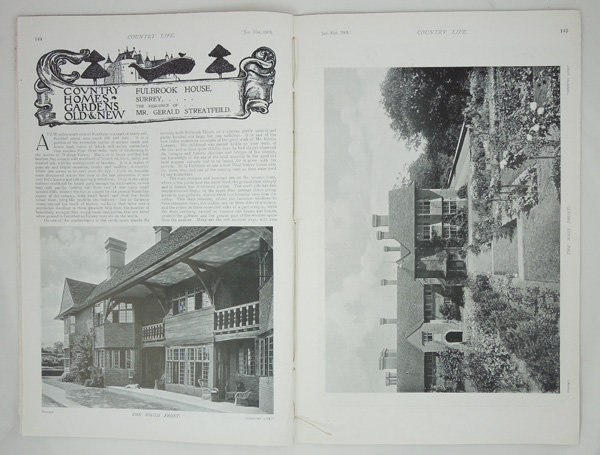
Fulbrook House, The Residence of Mr. Gerald Streatfield
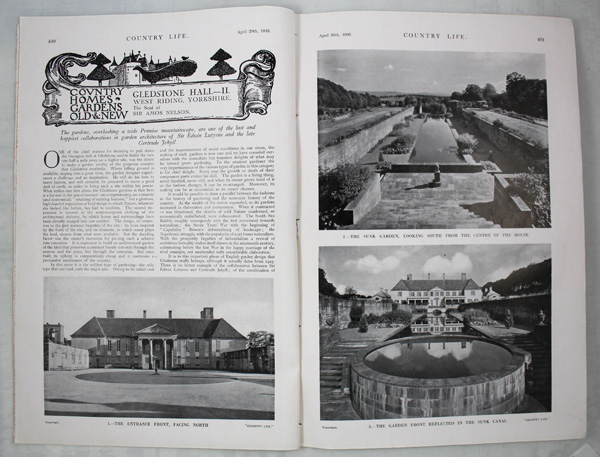
Gledstone Hall (Part-2), the seat of Sir Amos Nelson
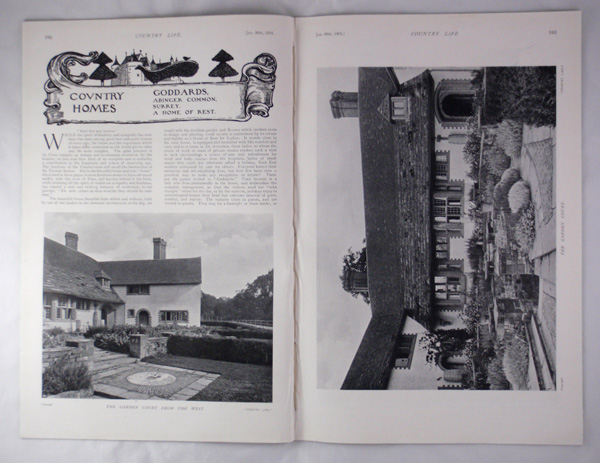
Goddards at Abinger Common. Designed by Sir Edwin Lutyens
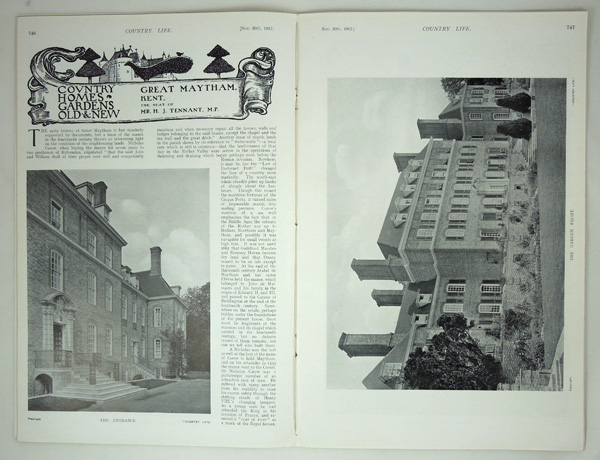
Great Maytham, The Seat of Mr. H. J. Tennant. M.P. Designed by Sir Edwin Lutyens.
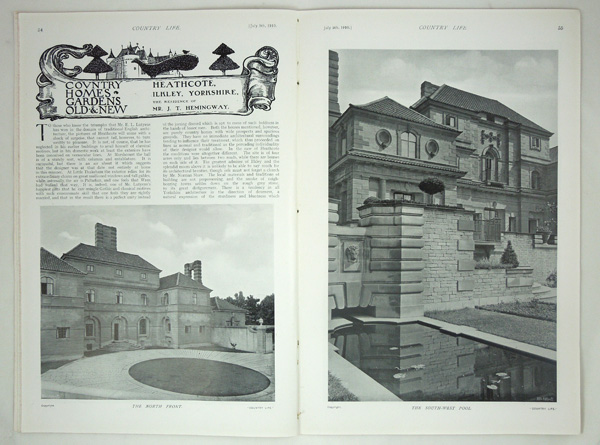
Heathcote, Ilkley, The Residence of Mr J. T. Hemingway
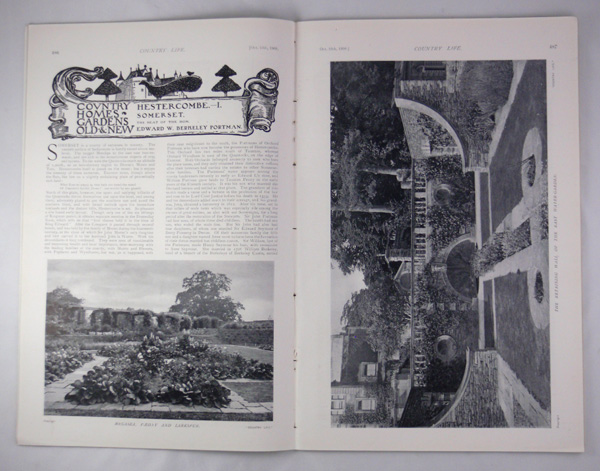
Hestercombe (Part 1), The Seat of The Hon. Edward W. Berkeley Portman
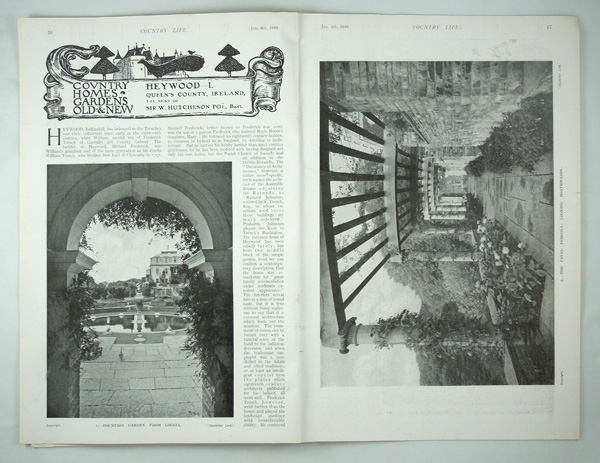
Heywood (Part 1) in Queens County, Ireland, The Seat of Sir W Hutcheson Poe, Bart
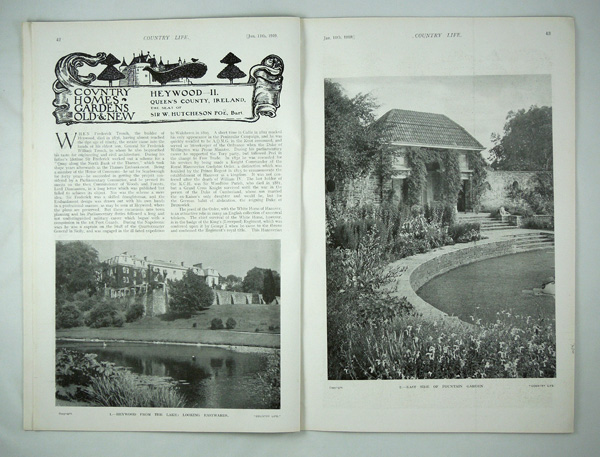
Heywood (Part 2) in Queens County, The Seat of Sir W. Hutcheson Poe, Bart
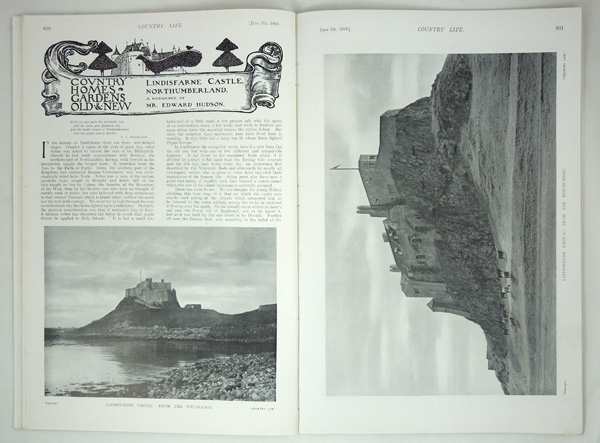
Lindisfarne Castle, A Residence of Mr. Edward Hudson
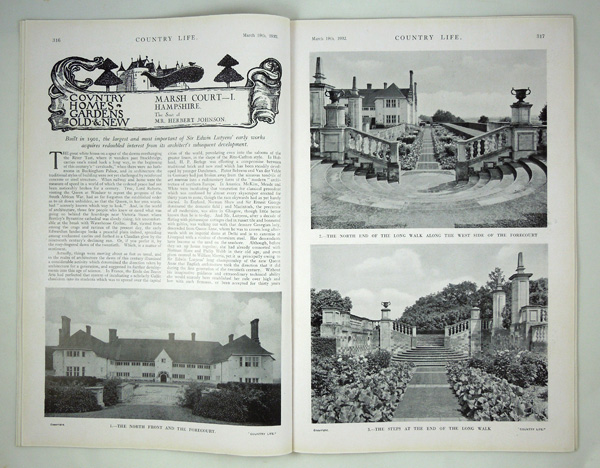
Marsh Court (Part 1), the Seat of Mr Herbert Johnson
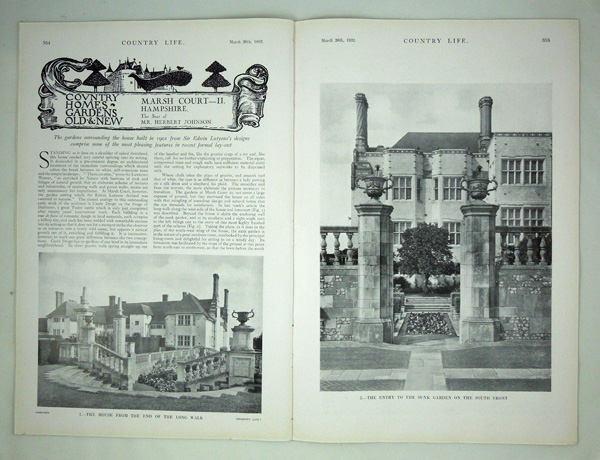
Marsh Court (Part 2), the Seat of Mr Herbert Johnson
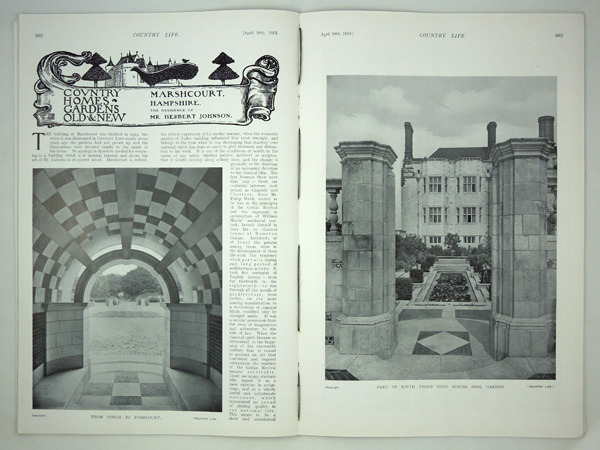
Marsh Court by Mr Edwin Lutyens, the Residence of Herbert Johnson
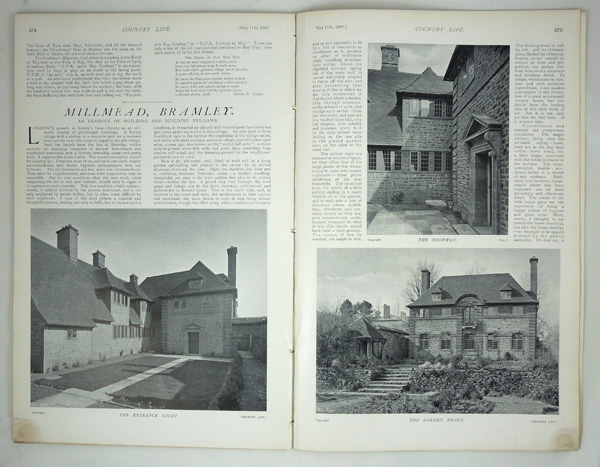
Millmead House, Bramley, Designed by Sir Edwin Lutyens.
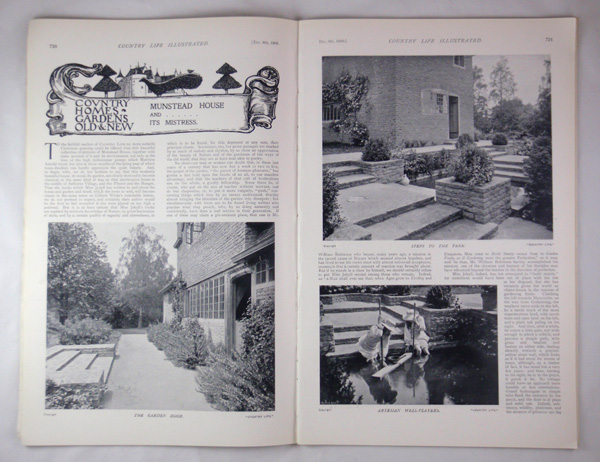
Munstead House and Its Mistress (Munstead Wood by Sir Edwin Lutyens)
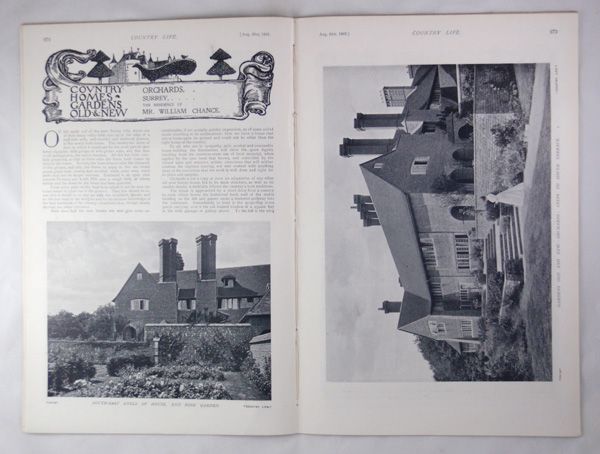
Orchards, the Residence of Mr William Chance
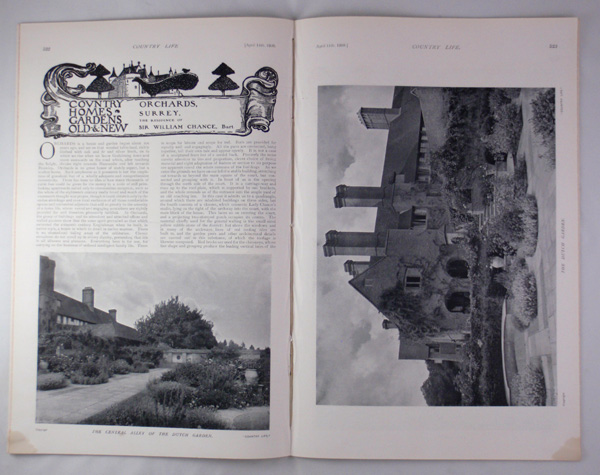
Orchards, The Residence of Sir William Chance, Bart
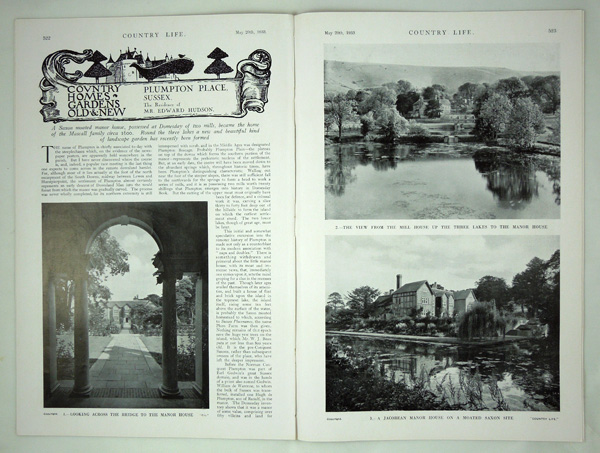
Plumpton Place , The Residence of Mr Edward Hudson
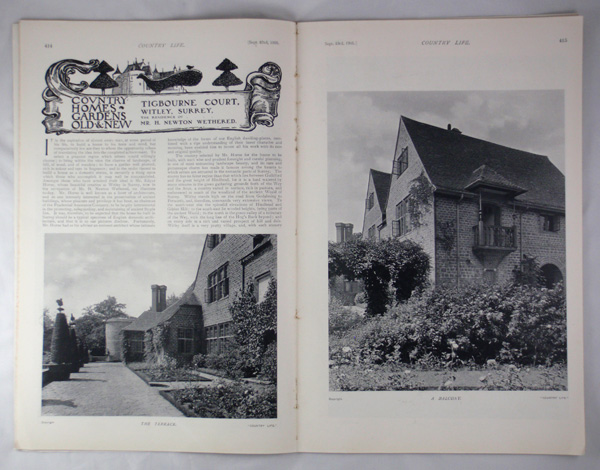
Tigbourne Court at Witley, The Residence of Mr. H. Newton Wethered
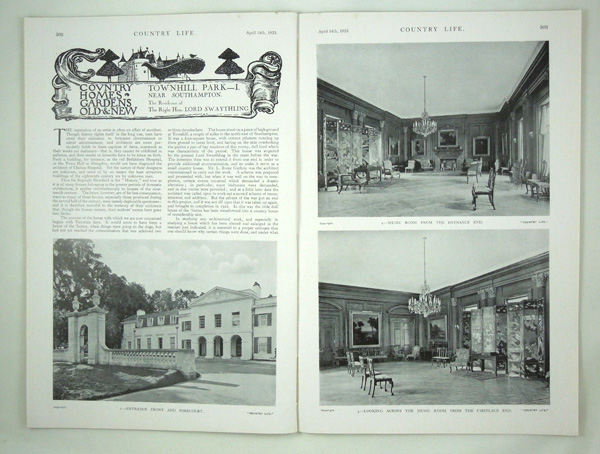
Townhill Park (Part 1), The Residence of The Right Hon Lord Swaythling
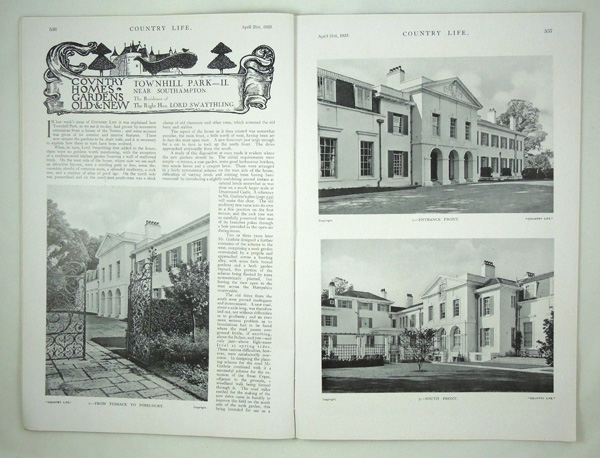
Townhill Park (Part 2), The Residence of The Right Hon Lord Swaythling
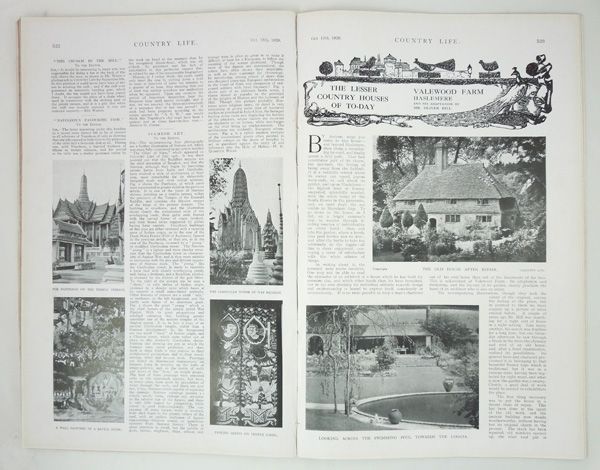
Valewood Farm, and its adaptation by Mr Oliver Hill
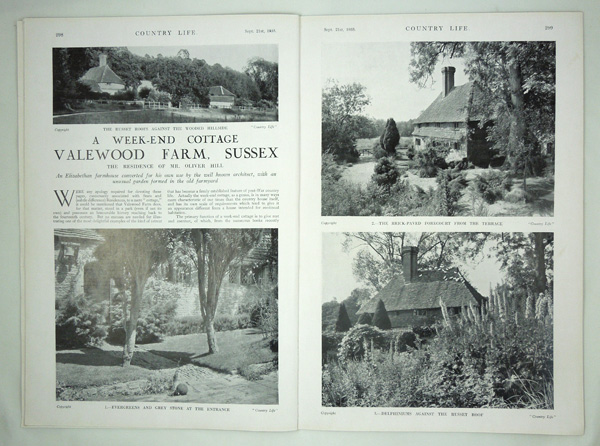
Valewood Farm, Haslemere, The Residence of Mr Oliver Hill
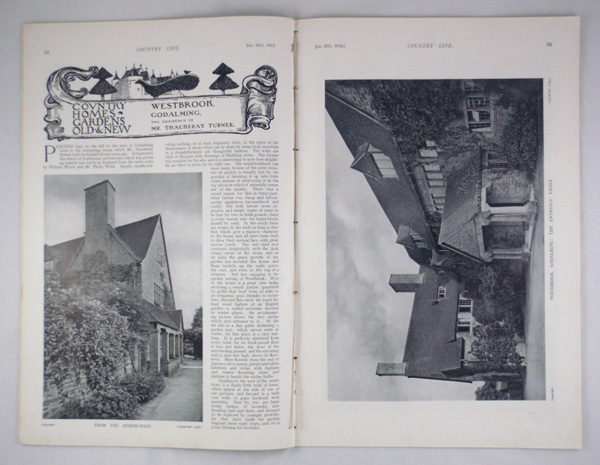
Westbrook, the residence of Mr Thackeray Turner
